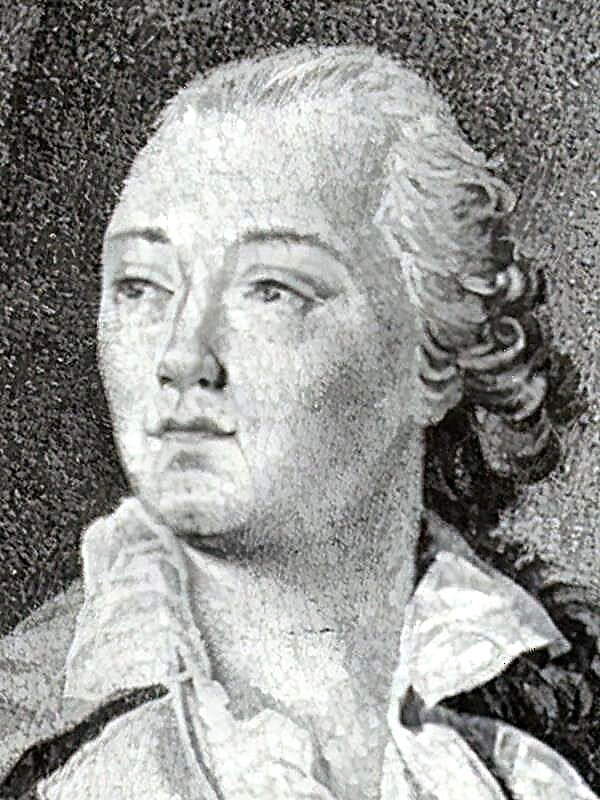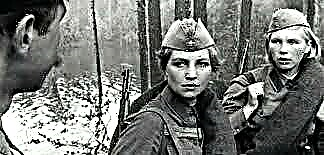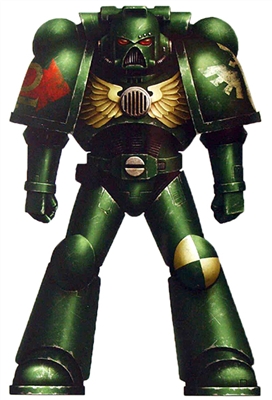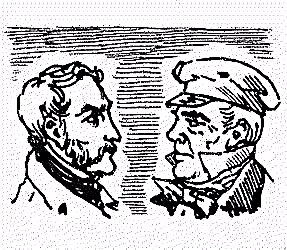Sergey Yesenin is a name known to every romantic. His poems are imbued with sincere love, which manifests itself from different angles: whether it is love for the motherland, or unrequited love for a woman, inspiring, passionate, deep and free. That is what readers still value in the poet - his sincerity. Let's get to know Sergey Yesenin better and recognize him as a person, a poet and just a person with subtle feelings.
Birth and childhood
Serezha was born in 1895 in the Ryazan province, the village of Konstantinovo. Among his sisters Catherine and Alexandra, he was the eldest in the peasant family of Alexander Yesenin and Tatyana Titova.
Since 1904, Sergei received primary education at the Zemstvo school, after studying in which he entered the parish school in 1909, which is now a museum of Russian lyrics.
Youth and education
After graduating from school, Yesenin moved to Moscow, where he tried to work in a butcher shop, and later - in the printing house of I.D. Sytina. In 1913 he became a volunteer at the Moscow City People's University. A.L. Shanyavskogo Department of History and Philosophy. This life period of Sergey can also be associated with the Surikovsky literary and musical circle.
Creative way
The first Yesenin poems were published in Mirka, a magazine for children (1914). Next year, he made his way from Moscow to Petrograd, where Yesenin recited his works to A.A. Block S.M. Gorodekim and others. In 1916, the poet was called up for war. Thanks to friends, he enters the Tsarskoye Selo military sanitary train. But Sergey’s career didn’t stop there: his first collections, for example, Radunitsa, were published. Also, the poet draws closer to a group of "new peasant poets" who played an important role in the subsequent.
His creative work continues among imagists in the 1918-1920s. These include such works as the collections The Confession of a Hooligan, Poems of a Brawler, Moscow Kabatskaya, as well as the notorious poem Pugachev.
During his short life (30 years), Sergey Yesenin managed to see Central Asia, visit the Urals and Orenburg region with his friend Yakov Blumkin. In Tashkent, in addition to walking around the city, he becomes a participant in poetry evenings.
For more than a year, the poet devoted his trip to Europe (Germany, France, Belgium, Italy) and the United States, along with his newfound Isadora Duncan. Upon the arrival of Yesenin, the Izvestia newspaper published his notes on America under the name Iron Mirgorod. In the 20s he was engaged in a bookstore on Bolshaya Nikitskaya.
Personal life
The poet’s first serious love was Zinaida Reich, secretary of the newspaper Delo Naroda. They had a complex relationship. Bad habits were inherent in Sergey: drinking, women, hooliganism, because of which there were conflicts with his wife. Subsequently, their children left two children - Tanechka and Kostik, who were adopted by Vsevolod Meyerhold, her husband. But all her life she continued to love only one Sergey. At a literary evening, “The Trial of Imaginists,” an ardent poet meets Galina Benislavskaya. Soon they become very close. But after some time, Isadora Duncan, with whom he went abroad, was turned to Sergey’s head. But after 1.5 years, having returned to his homeland, he returned to Benislavskaya. However, he saw in her exclusively a friend, a code of how Galina immensely loved him. But in 1925 he married Sonechka Tolstoy.
Near the grave of Sergei Yesenin, Galina committed suicide. “Faithful Galina” - they wrote on the monument, burying it next to her beloved.
Interesting Facts
- The poet had 2 strange phobias: to get infected with syphilis and police.
- Sergei Yesenin argued a lot with Vladimir Mayakovsky, although they both recognized each other's talents.
- Yesenin's son was shot in 1937, as it turned out, on a false accusation: that he was preparing an assassination attempt on Stalin.
- In the life of Yesenin there was a period when he did not eat meat.
- At the age of 8, the boy Serezha writes his first poem.
Last years
Sergey devoted the last years of his short life to travel: he traveled to the Caucasus three times, returned to Leningrad several times, and visited Konstantinovo seven times. In Azerbaijan (1924-25) he managed to give freedom to the collection of poems "Red East". He lived for a short period of time in the suburb of Baku - the village of Mardakan, where his house-museum and memorial plaque are now located.
Since 1924, a black stripe has come for the poet. To begin with, he decides to leave the imagists due to a discord with A.B. Mariengof, therefore, he writes with Ivan Gruzin a letter about the dissolution of society. In this difficult period for the poet, the newspapers began to publish completely non-positive articles about Yesenin: that he was drinking, rowdy and, in general, leading a revelry lifestyle. Several criminal cases were instituted against Sergei: he was charged with hooliganism. In 1925, Rakovsky wrote a letter to Dzerzhinsky asking him to help Esenin in connection with his state of health. Only the people closest to him knew that the poet ended up in a neuropsychiatric clinic at Moscow University. But after about a month Sergey is discharged from the clinic, annul all the powers of attorney in the State Publishing House, withdraws almost all money from the savings book and leaves for Leningrad.
December 28, 1925 Sergey Yesenin died. His body was found in his hotel room. The last thing he composed was - "Goodbye, my friend, goodbye ..." - he wrote it with his own blood, because there was no ink at all.
There are two versions of the poet’s death: the first is generally accepted, Yesenin spontaneously said goodbye to his life (hanged himself), but many adhere to the second version of the turn of events - the poet was killed and after that he staged suicide. The death of Sergei Yesenin, a remarkable poet of the twentieth century, seems to remain an unsolved mystery to everyone.






 Million Consulting
Million Consulting




